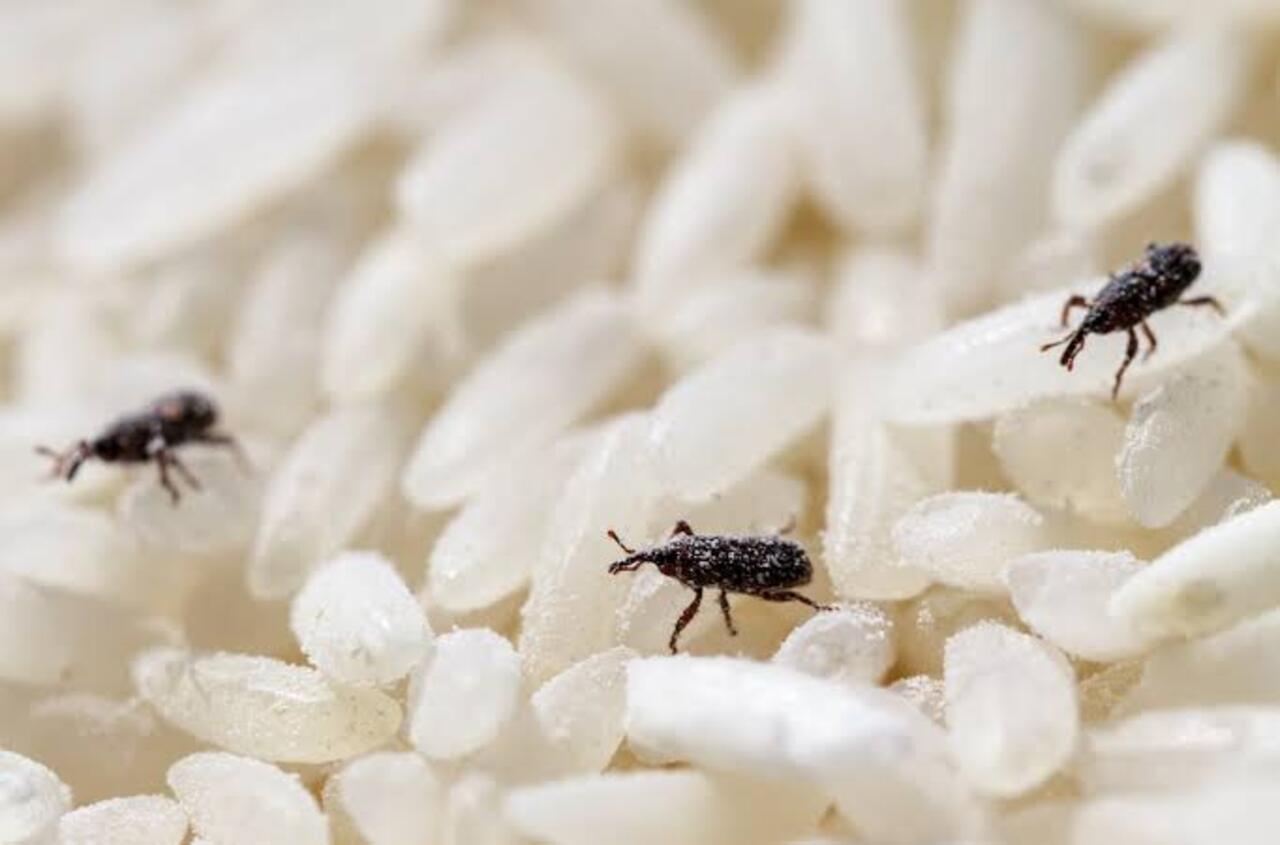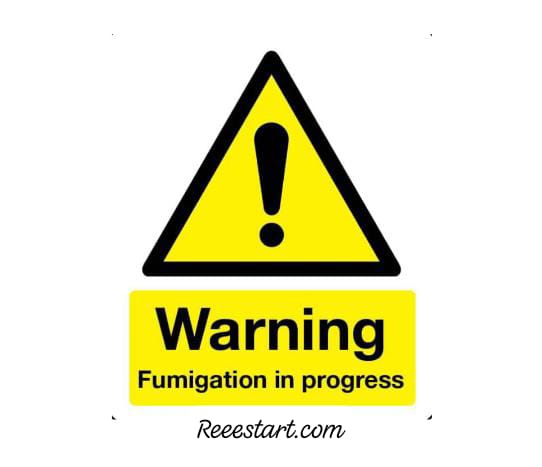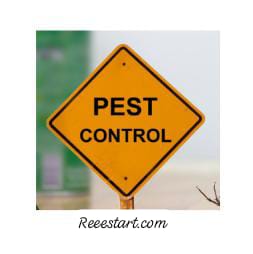Stored grain pests is an important topic to talk about, Grains and stored food products are vulnerable to infestation by a wide range of pests, including insects and rodents, which can lead to substantial damage and losses if left unchecked. It is crucial to emphasize the presence of these pests and the importance of implementing a comprehensive pest control program to effectively combat them. By doing so, we can ensure a sustainable and integrated approach towards managing grain pests.
stored Grain pests are a major concern
Stored grain pests are a major concern for farmers and food storage facilities. These insects can wreak havoc on your grain supply, causing:
- Quantity Loss, They consume the grain itself, reducing the overall weight and volume.
- Quality Loss, Their feeding and waste products can contaminate the grain, making it unfit for consumption or sale.
- Germination Loss, In some cases, pests damage the internal structure of the grain, destroying its ability to germinate.
How to manage the prolem?
Here’s a breakdown of Stored grain pest management strategies:
Prevention is Key
- Cleanliness, Thoroughly clean storage areas before storing new grain. Remove old grain debris, as it can harbor pests and their eggs.
- Good Storage Practices, Use airtight containers or sealed silos to prevent pests from entering.
- Inspect Regularly, Regularly monitor your stored grain for signs of infestation, such as webbing, holes in grains, or live insects.
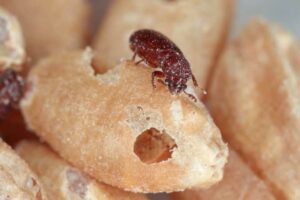
Pest Control Methods
- Diatomaceous Earth, This natural powder can desiccate and kill insects on contact. It’s a good option for organic storage.
- Insecticides, Apply approved insecticides to the grain or storage area to target existing infestations, Always follow the safety instructions and use only products approved for stored grain.
- Fumigation process, This is a last resort due to the dangers involved. It uses powerful gases to kill all insects in the storage area. Fumigation requires a licensed professional and extreme caution.
Additional Considerations
- Hermetic Storage,This technique uses airtight containers with low oxygen levels to create an environment unsuitable for pests.
- Beneficial Insects, In some cases, introducing natural predators like mites or parasitoid wasps can help control pest populations.
Grains and stored food products are often subjected to significant losses during storage, primarily due to infestation from various pests like insects and rodents. It is essential to address and combat these grain pests systematically.
Simply relying on drying grains to prevent deterioration is not sufficient protection against pest infestations. Therefore, it is vital to engage in proactive pest control measures to minimize losses in stored grains and food products as much as possible, safeguarding their quality and economic value.
Additionally, controlling grain pests is essential not only for preserving the health and safety of consumers, whether human or animal but also for maintaining compliance with industry standards and certifications, such as ISO 9001 and ISO 22000. Neglecting proper pest control measures in warehouses and storage facilities can jeopardize both the quality of stored goods and regulatory compliance.
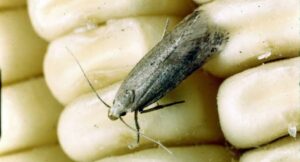
Classification of Stored grain Pests
Grain pests are classified based on various factors, including the extent of damage they cause, their feeding habits, their ability to infest healthy grains, and the overall impact on grain quality.
- Primary pests are insects that can directly infest healthy grains, causing significant economic losses and damage. Examples of primary pests include rice weevil, lesser grain borer, and grain moths.
- On the other hand, secondary pests rely on primary infestations to infest grains, and while they may not directly damage healthy grains, they can still cause substantial harm to stored products. Instances of secondary pests include rusty grain beetles, Mediterranean flour moths, and khapra beetles.
- Furthermore, pests like tobacco beetles, book lice, and certain mites can also pose a threat to stored grains, emphasizing the need for a comprehensive pest management strategy.
- In addition to insect pests, rodents such as the Norway rat, roof rat, and house mouse can cause extensive damage to stored grains. A single pair of rats can consume considerable amounts of grain, contaminate stored goods with their droppings and urine, and lead to significant economic losses if not properly controlled.
By understanding the classification of grain and stored food pests and implementing effective pest control measures, we can mitigate the risks associated with infestations, protect the quality of stored goods, and ensure the safety of consumers.

